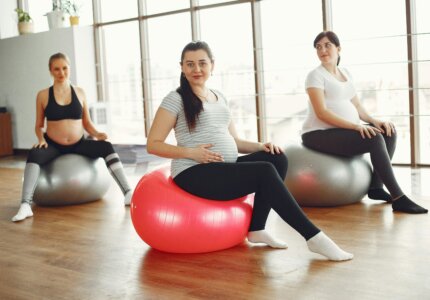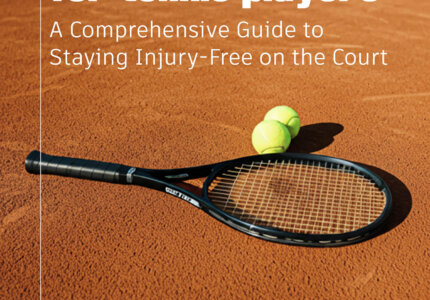It is with great pleasure that melbourne city sports chiropractor can share his paper, “Common and Less Well-Known Upper Limb Injuries in Elite Tennis Players” led by Dr. Shannon and co-authored by my esteemed colleagues Dr. Timothy Wood, Dr. John Kelly IV and Dr. Brian Cable in the October 2020 issue of the American College of Sports Medicine’s Current Sports Medicine Reports journal, with great thanks going to Dr. Matthew Gammons.
Key Upper Limb and Injury Findings In Elite Tennis Players

Our paper is the first of its kind to review injury data in solely elite male and female players drawn from the most recent epidemiological studies including data from the US Open, Australian Open, Wimbledon, Davis Cup, ATP and WTA. Our paper highlights the common injuries seen in the upper limb of elite players but additionally highlights less well-known injuries that occur in the upper limb which are not routinely reported on in the literature. These injuries include posterior shoulder instability, medial elbow ulnar collateral injuries, distal humeral bone stress injuries, nondominant wrist ulnar ligament injuries. Furthermore, we highlight the discrepancies that still exist in how injuries are recorded in elite tennis, even in light of a consensus statement recommendation, as well as the importance of player workloads and the relationship with injury risk.
We note that muscle strain and tendon injuries are the most prevalent injuries seen in elite players with higher rates of chronic injuries in the upper limb. However, there is an argument to say that many of the acute injuries that occur may well be due to suboptimal rehabilitation of a long-standing injury and/or returning to play too early. A paper published in 2020 applied the acute:chronic workload ratio to junior tennis players which found that players with an acute:chronic workload ratio greater than 1.5 in the previous week sustained an injury. From Melbourne city sports chiropractor Dr. Shannon’s experience working with elite professional and junior players these findings appear to hold true. To find out how Dr. Shannon manages athletes training load you can read more here.
Further Research into Tennis Workloads
Subsequentially, a key area of further research is establishing safe workloads for elite tennis players to assist in minimizing injury risk. A part of this process may well involve a supervised injury prevention program specific to the needs of the elite player, those of which have been successful in other sports such as soccer. Notwithstanding, managing playing loads of the elite tennis player are an ongoing challenge with quick turnaround times between matches, varied lengths of matches, the number of matches played in one day (singles, doubles, mixed doubles in grand slams) and across a tournament, the long season and short off season, in addition to the financial pressures to keep playing to stay on tour and improve one’s ranking. This challenge is routinely reminded to us and was particularly evident in 2017/18 where there were exceptionally high numbers of injuries in top ranked players.
As clinicians, together with researchers and competition organizers it is imperative that we are able to work towards a competition where players are optimized, performing at their highest levels, rewarded equally (men and women) for their performance and where injury risks are mitigated through proper recovery and injury rehabilitation programs, making sure players are safe to return to play, as well as having time away from the court (a genuine off season). If you are interested in learning more about specific shoulder injuries, many of which are seen in tennis players, you can read the paper Melbourne city chiropractor Dr. Shannon’s co-authored with Dr. John Kelly IV on shoulder injuries here.
With a wealth of experience working with recreational, junior elite and tour professional players Melbourne city chiropractor Dr. Shannon is well placed to help assess and treat tennis based injuries. You will find our Melbourne CBD chiropractic clinic in the Manchester Unity building on the corners of Collins Street and Swanston Street, opposite the Melbourne Town Hall and City Square.



